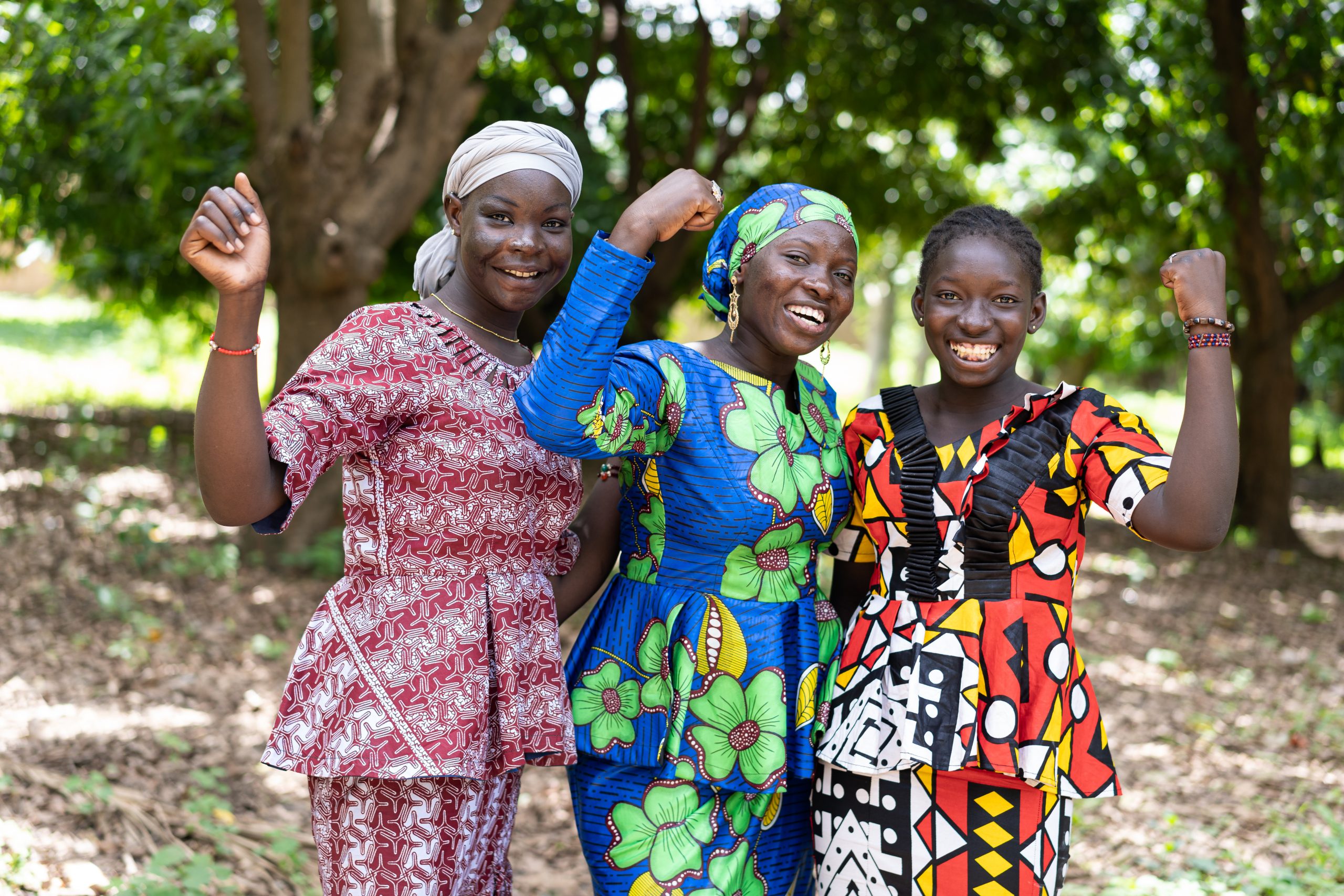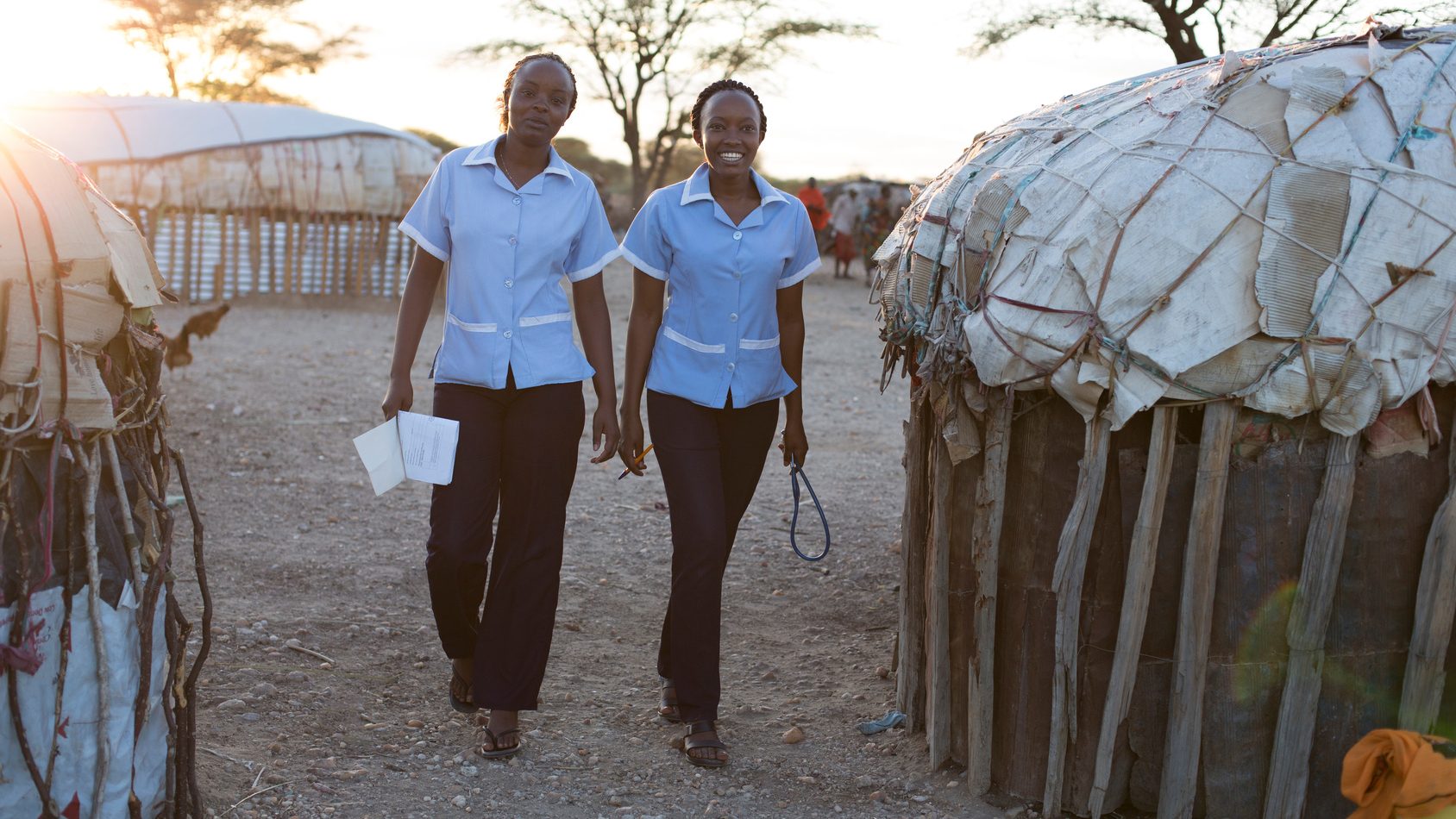
Introduction
This guide provides actions and resources for civil society organisations (CSOs) to consider when working with county health management teams (CHMTs). With guidance and approval from CHMTs, CSOs may use this guide to finalise their action plans and leverage existing standardised resources for implementation in the assigned community.
Standardised resources help with sharing facts about HPV vaccination and cervical cancer elimination in communities. They also help in encouraging parents to take their eligible daughters for the free HPV vaccination.
Role of Civil Society Organisations in Increasing HPV Vaccination Rates
Civil society organisations (CSOs), have proven to be important partners to the Ministry of Health in increasing the uptake of routine immunisations. CSOs work hand-in-hand with families and community decision makers using their local connections and knowledge. CSOs are trusted advocates for the most underserved.
To increase HPV vaccination, CSOs may assist with:
- Delivering services in hard to reach areas.
- Helping with public education across communities about cervical cancer, its risk factors, and available prevention interventions.
- Distributing communication materials and raising awareness of the benefits of HPV vaccination as cervical cancer prevention.
- Strengthening the capacity of health workers including community health volunteers (CHVs) and community health assistants (CHAs) to share facts about HPV vaccine in communities and recommending it to parents and guardians.
- Equipping health workers with job aids and resources for outreach to parents, such as HPV vaccination posters, fact sheets, and more.
Actions At a Glance
Civil society is influential in the formulation of national health policy and in shaping policy debates on issues such as children’s and women’s health and effectiveness and access to health services in the county assemblies.
To mobilise parents and communities for high uptake of HPV vaccination, CSOs may discuss and seek guidance from leadership at health facilities on how to:
Strengthen capacity of CHVs and CHAs.
Leverage all opportunities to recommend and remind parents/guardians to get their daughters vaccinated before their 15th birthday.
Track progress and share lessons learned.

Action 1
Strengthen capacity of community health volunteers and community health assistants
CHVs and CHAs play a key role in outreach to parents of adolescents in communities through home visits. CSOs can assist health facility leadership with providing continuing education and training to CHVs and CHAs on HPV vaccination to help them become HPV vaccine champions. Further training and education can strengthen CHV/CHA capacity and motivation to mobilise parents/guardians of eligible girls for HPV vaccination.
Partner with health facilities on their continuing education and training needs and priorities:
Engage with the facility-in-charge to assess education and training needs for CHVs and CHAs.
Collaborate on holding 1-2 day continuing education and training sessions for CHVs/CHAs, as needed, and include the following:
- Highlight the burden of cervical cancer in Kenya, the safety and effectiveness of HPV vaccination, and its cancer prevention benefits (contact us for a sample training).
- Give tips on how best to make effective recommendations to parents/guardians and how to respond to their questions (see available resources).
- Help CHVs/CHAs practice making a recommendation to parents/guardians and using effective responses to parent FAQs.
- Consider providing a training completion badge, button, or apron that says “Trained in cervical cancer prevention” and can be worn during home visits.
Provide job aid and parent-focused resources:
Distribute resources to CHVs/CHAs for future reference including the HPV Fact Sheet: Frequently Asked Questions, and more.
Provide HPV vaccination education materials to give to parents/guardians.
Share other relevant community resources, if available, for CHVs/CHAs to encourage parents to get their eligible daughters to the clinic for vaccination.
Provide assistance or printing and distributing the information, education, and communication (IEC) materials.

Action 2
Leverage all opportunities to recommend and remind parents/guardians to get their daughters vaccinated before their 15th birthday.
A recommendation from a health worker is a key reason why parents/guardians choose to vaccinate their daughters and do so on-time.
Most adolescents do not regularly come into a health facility unless sick, so identifying and leveraging all opportunities to recommend the HPV vaccine to parents/guardians of eligible girls is an important strategy for increasing HPV vaccination coverage. Equally important is to follow-up with parents/guardians to ensure completion of the two-dose HPV vaccination series.
Partner with health facilities to prompt parents and guardians to ask about HPV vaccination at the facility:
Engage health facility staff to determine high-visibility, high-traffic areas.
Seek opportunities to share HPV vaccination education materials with parents/ guardians. Potential moments include when parents/guardians enter the facility, while parents/guardians are in waiting areas, and at the vaccination nurse’s station.
Support CHVs and CHAs to recommend and remind parents and guardians during home visits about the benefits of HPV vaccination:
Support CHVs and CHAs to recommend HPV vaccination at every meeting with parents/guardians of age eligible girls by providing IEC materials to:
Encourage CHVs and CHAs to work with parents/guardians to determine the best opportunity for HPV vaccination (clinic hours, days, location).
Remind CHVs and CHAs to conduct follow-up visits with, or call, families to make sure vaccination is complete.

Action 3
Track progress & share lessons learned
Improving HPV vaccination rates takes time and effort, but ultimately leads to less women facing a cervical cancer diagnosis and saving families the high costs of cancer treatment. Tracking progress can highlight gaps in vaccination in the community and facilitate a better understanding of how to address parent/guardian concerns and other barriers to vaccination. Sharing progress can also bring inspiration and a sense of accomplishment to communities and community health workers.
Support CHVs and CHAs in tracking and reporting back to county health facilities on the efforts within communities.
Support the recognition of champions at the facility level and in the community.
- Consider providing certificates of recognition through the county health facility leadership.
Help identify CHV/CHA peer leaders who have prioritised HPV vaccination in their work and can provide on-going support and motivation to other CHVs/CHAs who need assistance.
Explore providing opportunities for high-performing county health facilities to share best practices and lessons learned with other county health facilities.
Our Research
The action steps and resources featured in Increasing Uptake of HPV Vaccine in Kenya: An Action Guide for Civil Society Organisations were informed by behaviour change communications research with parents/guardians and community health volunteers to understand barriers to HPV vaccination and identify effective behavioural themes and messages that can help drive optimal uptake of the HPV vaccine. Learn more about each phase of the research and findings here.
Resources
Increasing Uptake of HPV Vaccine in Kenya: An Action Guide for Civil Society Organisations offers training tools, factsheets, and a job aid for supporting HPV vaccination and cervical cancer prevention education and training of health workers. Additionally, parent-facing resources are available for use during home visits. Some of these tools can be customised with your organisation’s logo, as desired.